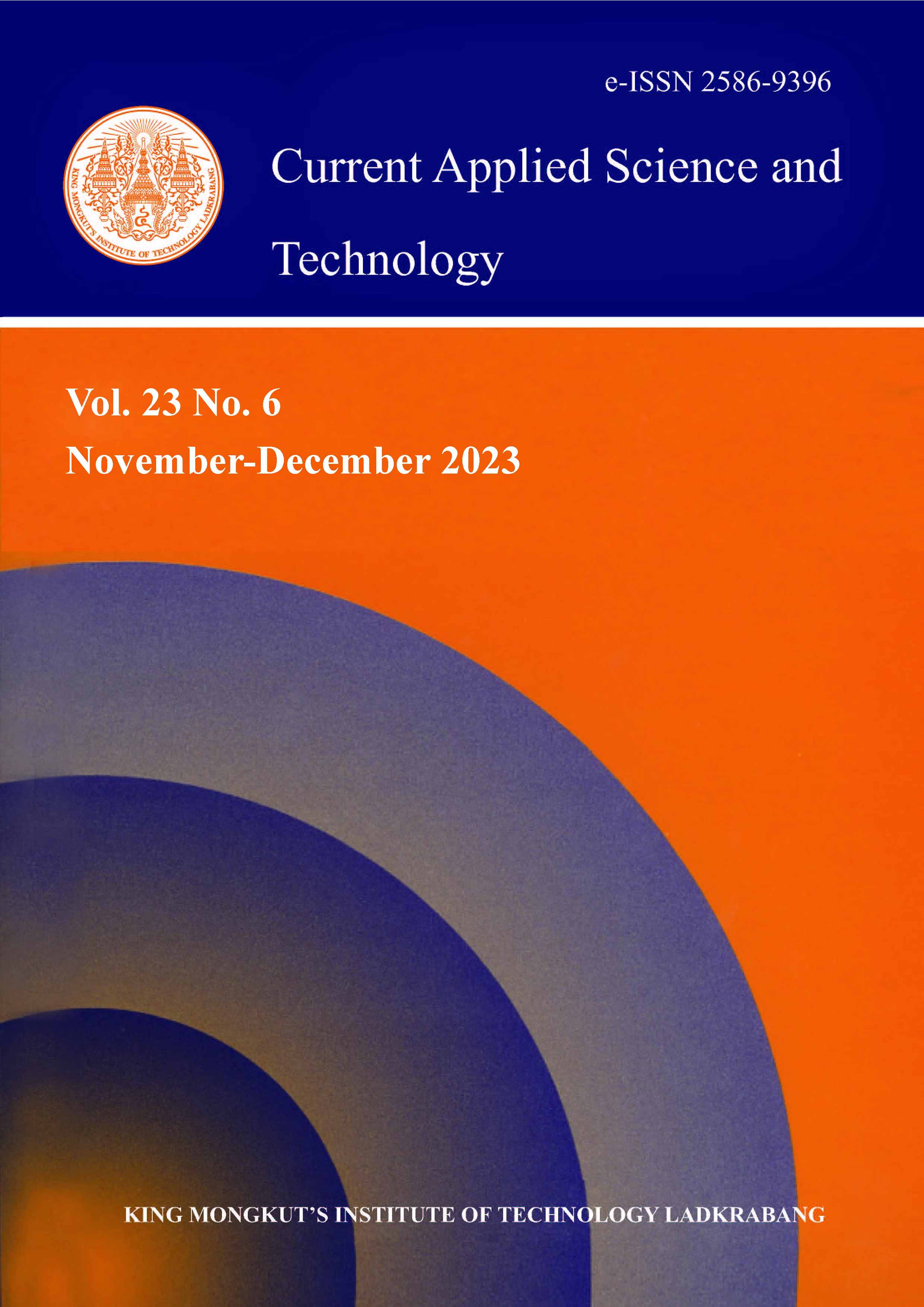Vietnam has recently accelerated the process of converting traditional parks into eco-industrial parks (EIP), which is a foundational strategy for sustainable prosperity. The purpose of this investigation is to evaluate the efficiency of EIP operations at Ninh Binh, Danang, and Can Tho pilots. The full permutation polygon synthetic indicator method (FPPSI) was used to evaluate the initial effectiveness of the application of the EIP program with many different indicators. The results indicated a number of interesting outcomes. In particular, there were saving of 51% in LPG fuel, 67.1% in coal, and 78.1% in wastewater in Ninh Binh pilot compared to the overall figure for each category. At the Can Tho pilot project, it was found that savings of freshwater of 77%, an electricity cuts of over 66.8%, a COD decline of 77%, and cost benefits of 56%. Generally speaking, our economy needs to promote business engagement in the heavy industry sector in the near future. This will involve developing inventive symbiosis networks that run simultaneously.
Keywords: eco-industrial park; industrial symbiosis; efficiency; Vietnam
*Corresponding author: Tel.: (+84) 346319218
E-mail: huongtt@haui.edu.vn
Huong*, T. T. . (2023). Assessment of Eco-industrial Park (EIP) Performance at the Preliminary Step in Vietnam. CURRENT APPLIED SCIENCE AND TECHNOLOGY, DOI: 10.55003/cast.2023.06.23.004 (17 pages). https://doi.org/10.55003/cast.2023.06.23.004

